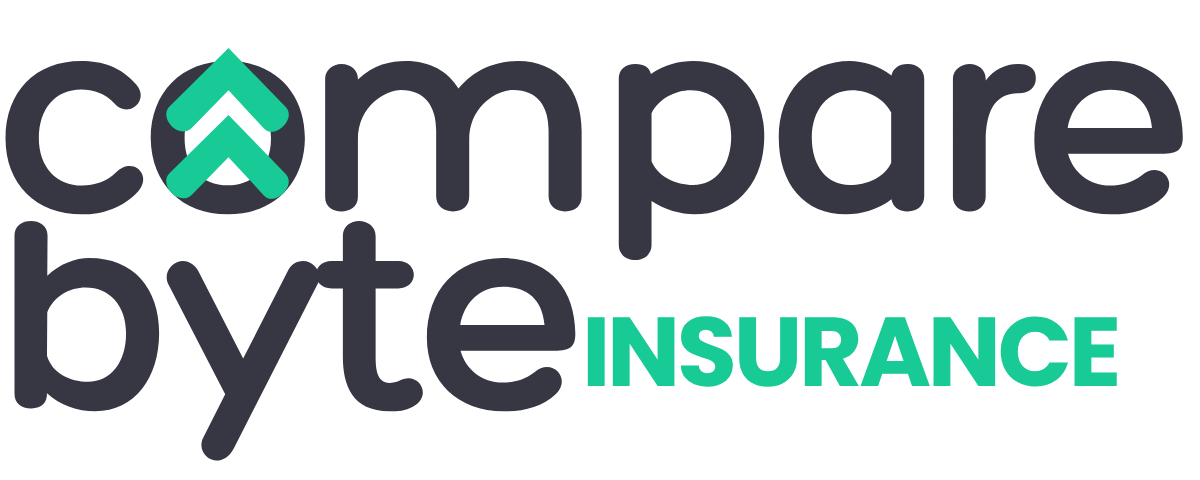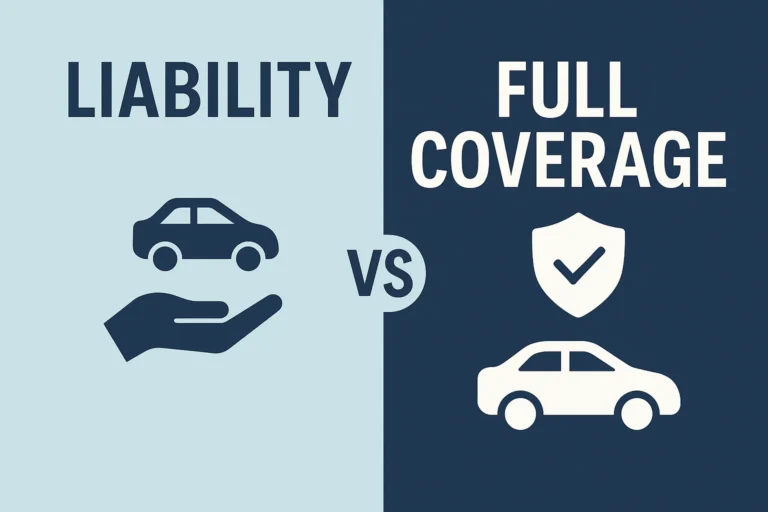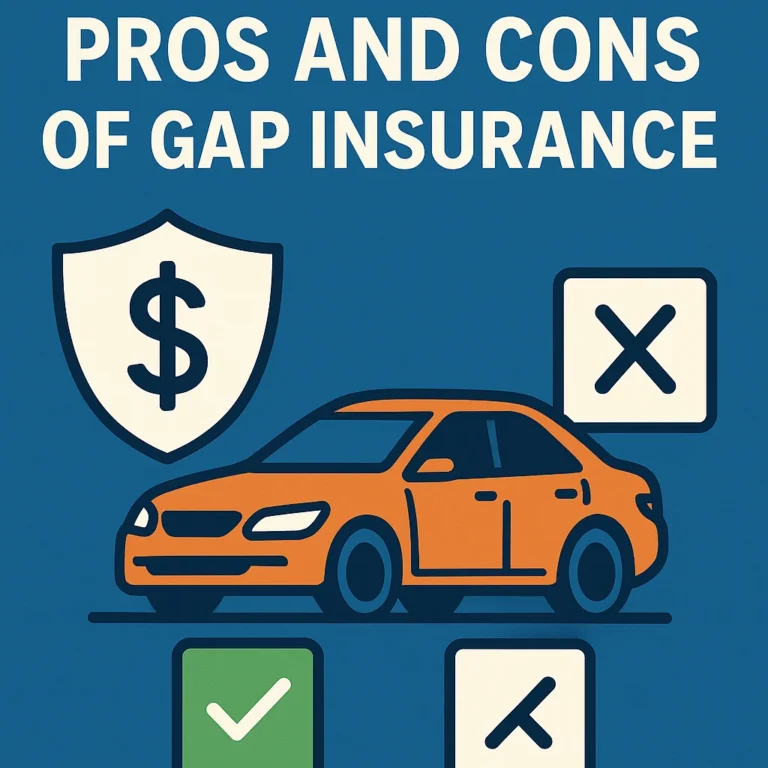Insurance documents can feel overwhelming, especially when you’re faced with a sea of unfamiliar words and phrases. Whether you’re shopping for auto, home, health, or life insurance, knowing what these terms mean is essential for making informed choices.
This guide breaks down insurance terminology into clear, easy-to-understand explanations. You’ll gain the confidence to read policies, ask the right questions, and avoid costly mistakes.
What Are Insurance Terms and Why Do They Matter?
Insurance is a contract that transfers risk from an individual to a company. To make this agreement work, the industry uses standardized words and phrases. These insurance terms define your responsibilities, rights, and protections under the policy.
Understanding these terms helps you:
- Compare policies effectively
- Understand what is and isn’t covered
- Ensure your claims are processed correctly
- Stay compliant with legal and financial requirements
If you’re new to insurance, this section will help you build a strong foundation of knowledge.
Let’s start by defining the most common terms used in every type of policy.
Key Insurance Terms Explained
1. Premium
This is the amount you pay to keep your insurance policy active. Premiums can be paid monthly, quarterly, or annually.
2. Deductible
The deductible is the amount you agree to pay out of pocket before the insurer pays the rest. For example, if your deductible is $500 and your repair costs are $2,000, you pay the first $500 and the insurer covers the rest.
3. Policyholder
The person or entity who owns the insurance policy. This is usually the person who pays the premium and receives the coverage.
4. Coverage Limit
This refers to the maximum amount your insurer will pay for a covered loss. Make sure your coverage limits are high enough to protect your assets.
5. Beneficiary
In life insurance, the beneficiary is the person who receives the payout when the policyholder dies.
6. Claim
A claim is a formal request to your insurance company to pay for a covered loss.
7. Exclusion
An exclusion is something your policy does not cover. For example, many home insurance policies exclude flood damage.
8. Underwriting
Underwriting is the process insurers use to evaluate the risk of insuring you and deciding your premium amount.
9. Rider
A rider is an optional add-on to your policy that provides extra coverage for specific situations.
10. Grace Period
The grace period is the time you have after your premium due date to make a payment without losing coverage.
Common Confusions and How to Avoid Them
Misunderstanding Deductibles
People often think the deductible applies per year when it may apply per incident. Always ask your insurer for clarification.
Assuming All Damages Are Covered
Many assume a standard policy covers everything. Check the exclusions section and consider adding riders if needed.
Overlooking Coverage Limits
If your coverage limit is too low, you may have to pay large out-of-pocket expenses. Adjust limits according to your assets.
Not Updating Beneficiaries
Always keep your beneficiaries up to date to avoid legal complications.
Missing Grace Period Deadlines
Missing a grace period can result in policy cancellation. Set reminders to avoid lapses in coverage.
Comparison Tables for Better Understanding
| Term | Definition | Example |
|---|---|---|
| Premium | Amount paid to maintain the policy | $100/month for auto insurance |
| Deductible | Out-of-pocket cost before coverage begins | $500 per claim |
| Term | Life Insurance | Health Insurance |
|---|---|---|
| Beneficiary | Receives death benefit | Not applicable |
| Claim | Filed upon death | Filed after treatment |
FAQs About Insurance Terms
What is the difference between a premium and a deductible?
The premium is the cost to maintain your policy. The deductible is the amount you pay when you make a claim.
Do all policies have exclusions?
Yes, every policy has exclusions. It’s important to read them carefully to avoid surprises.
Can I change my coverage limits later?
In most cases, yes. You can adjust coverage limits during policy renewal or by contacting your insurer.
Conclusion and Call to Action
Understanding basic insurance jargon empowers you to choose the right coverage and avoid costly mistakes. As a beginner, familiarizing yourself with these terms is the first step toward smarter financial decisions.
Ready to go deeper? Explore our in-depth guides on how to compare insurance policies and tips for saving on your premiums.
Take control of your financial future—start by reviewing your current policy and asking your agent about anything you don’t understand.
External sources for deeper reading:






